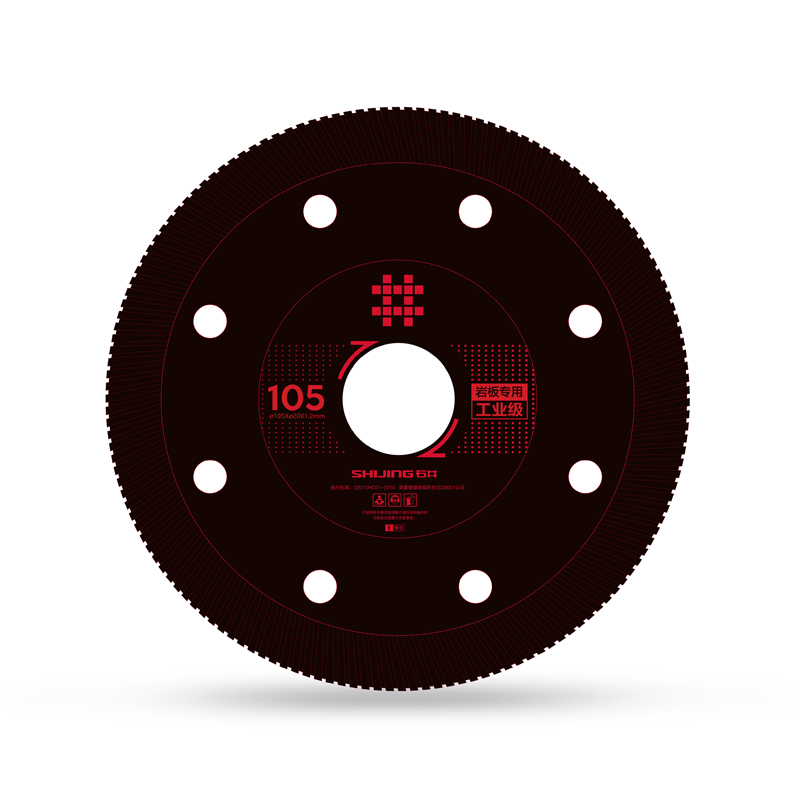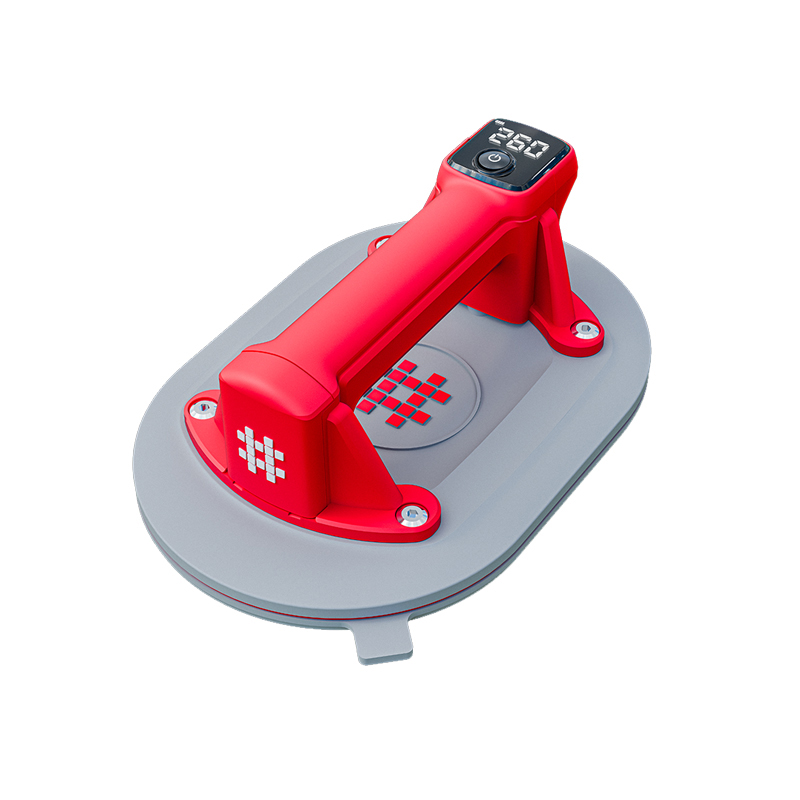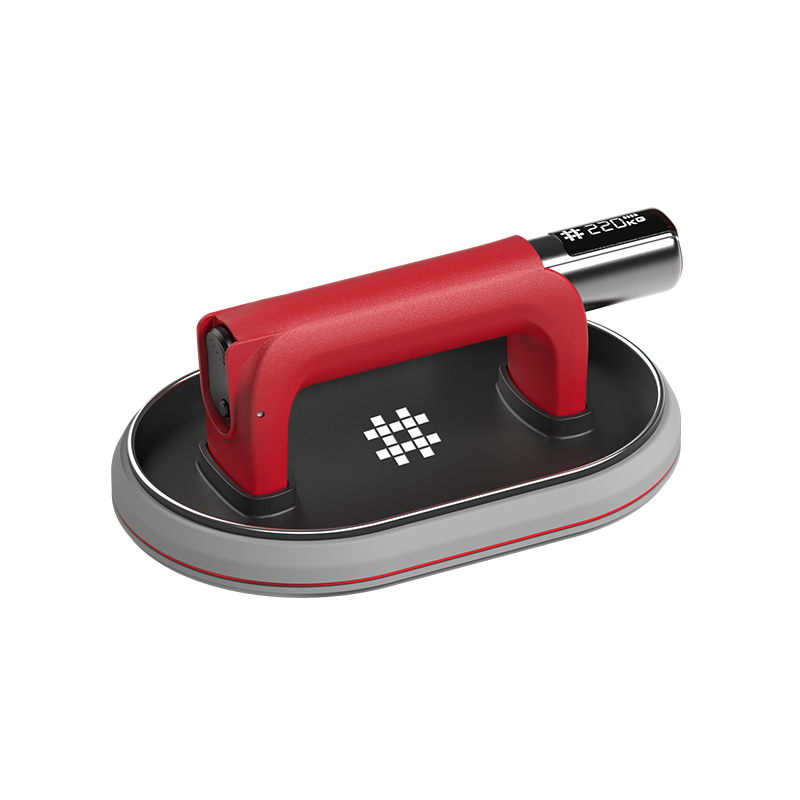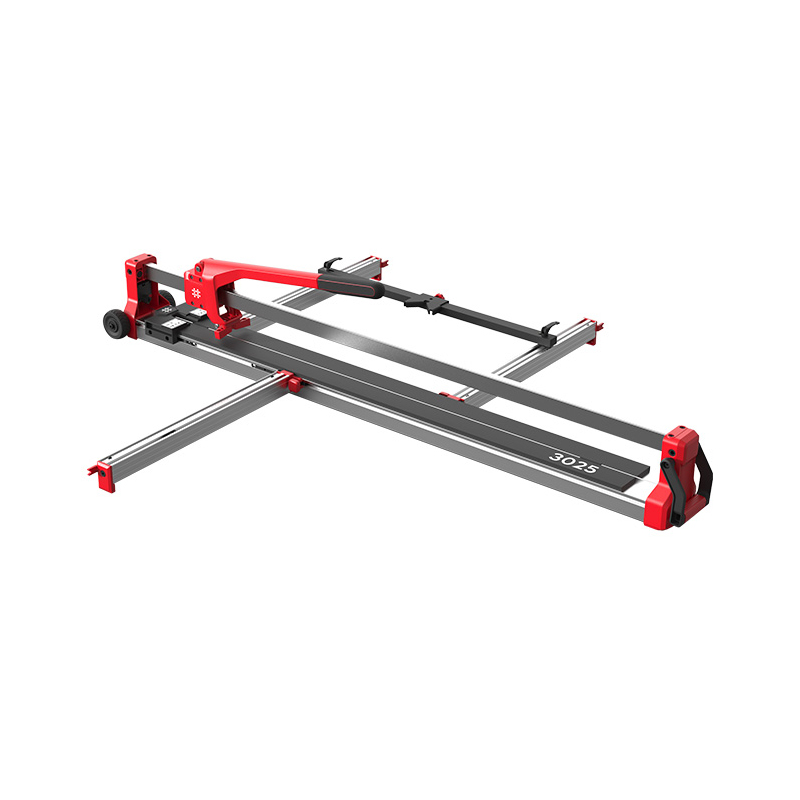You can learn the recent information of Shijing.

In the ever-evolving world of interior design, the role of tile cutters has become increasingly significant. The precision and versatility that modern tile cutters offer are reshaping the way designers approach their projects. This article delves into the impact of new tile cutters on contemporary design, exploring how these tools are not only facilitating the creation of intricate patterns and designs but also enhancing the overall aesthetic appeal of spaces.
The traditional tile cutter, a manual tool that relies on the user's strength and skill, has been a staple in the tile industry for decades. However, with the advent of new technology, the landscape of tile cutting has transformed dramatically. Modern tile cutters are now equipped with advanced features that make them more efficient, accurate, and user-friendly.
One of the notable advancements in tile cutting technology is the development of electric and pneumatic tile cutters. These tools have revolutionized the process by providing a faster and more precise cutting experience. Electric tile cutters, for instance, use a powerful motor to drive a cutting wheel, allowing for clean and accurate cuts with minimal effort. Pneumatic tile cutters, on the other hand, operate using compressed air, offering a similar level of precision and efficiency.
The integration of laser guidance systems in some modern tile cutters has further improved the accuracy of tile cutting. These systems project a laser line onto the tile, providing a clear and visible guide for the user to follow. This feature is particularly beneficial for achieving straight and consistent cuts, which is essential for creating seamless patterns and designs.
Another innovation in tile cutting technology is the development of wet tile saws. These saws use a continuous flow of water to cool the blade and reduce dust during the cutting process. Wet tile saws are ideal for cutting through thicker and more durable materials, such as porcelain and ceramic tiles, without causing damage to the tile's surface.
The versatility of modern tile cutters is also contributing to the evolution of design trends. With the ability to cut tiles into various shapes and sizes, designers are now able to experiment with more complex patterns and layouts. This has led to a surge in creativity, as designers push the boundaries of what is possible with tile design.
One of the significant impacts of modern tile cutters on design is the ability to create custom designs. Designers can now work closely with clients to create unique and personalized tile patterns that reflect their individual tastes and preferences. This level of customization is made possible by the precision and flexibility offered by modern tile cutters.
In addition to enhancing the design process, modern tile cutters are also improving the overall quality of tile installations. The accuracy and consistency of cuts made by these tools result in a more professional and polished finish. This not only enhances the visual appeal of the space but also contributes to the durability and longevity of the tile installation.
The use of modern tile cutters is also influencing the choice of materials used in design projects. With the ability to cut through a wider range of materials, designers are now able to incorporate different types of tiles into their projects. This has led to an increase in the use of natural stone, glass, and metal tiles, which offer unique textures and visual effects.
Furthermore, modern tile cutters are also making it easier for designers to work with larger format tiles. The ability to cut these tiles into smaller pieces or to create custom shapes allows for greater flexibility in design. This is particularly beneficial for large-scale projects, where the use of large format tiles can create a sense of grandeur and spaciousness.
In conclusion, the advancements in tile cutting technology have had a profound impact on the world of design. Modern tile cutters are not only making the cutting process more efficient and accurate but are also inspiring creativity and innovation in design. As these tools continue to evolve, it is likely that we will see even more exciting developments in the way tiles are used to shape modern design.
 English
English 中文简体
中文简体 русский
русский Español
Español Deutsch
Deutsch
-1.jpg)


.jpg)

.jpg)
.jpg)



-2.jpg)
.jpg)














